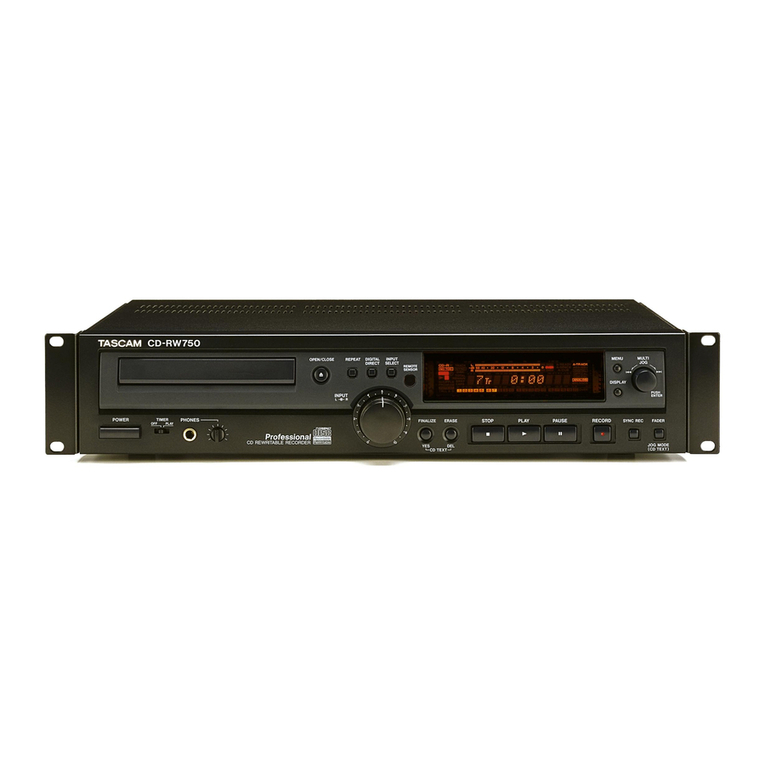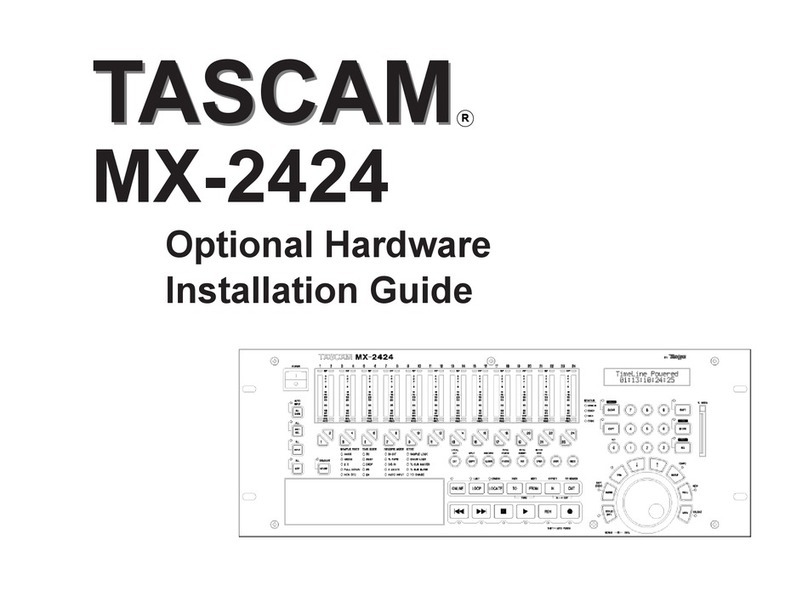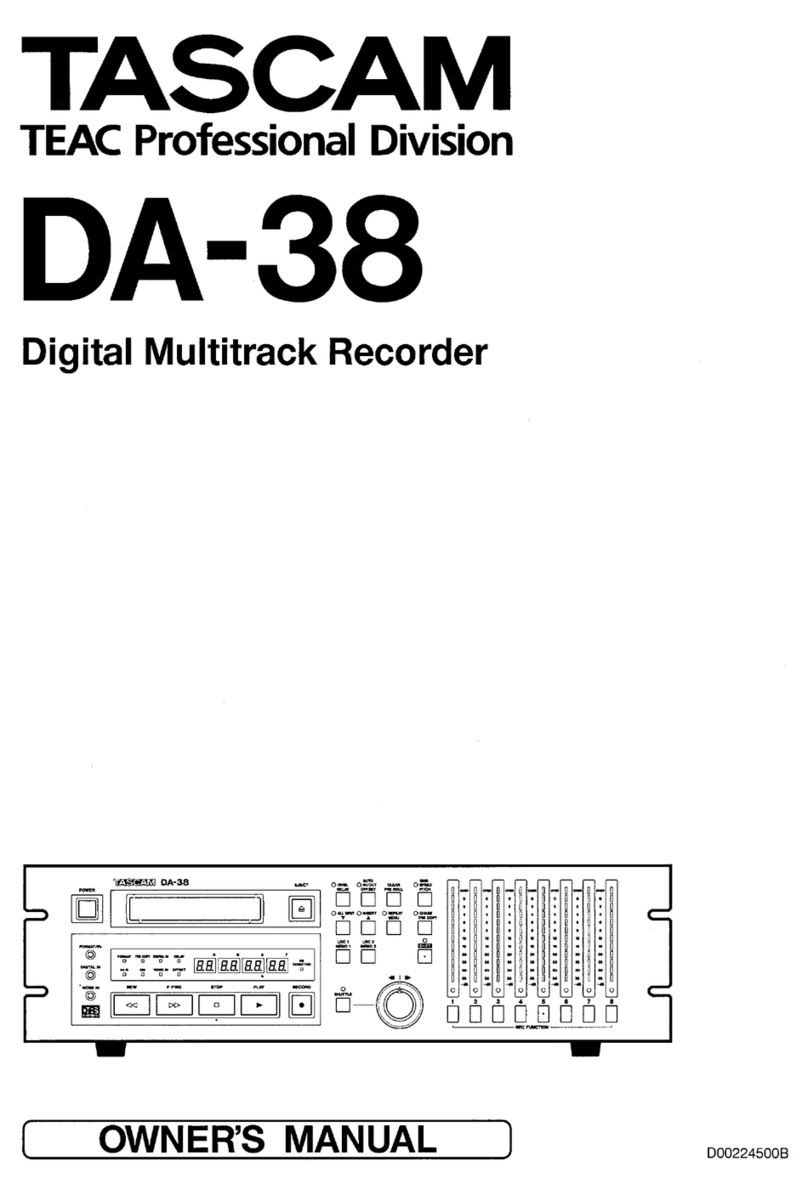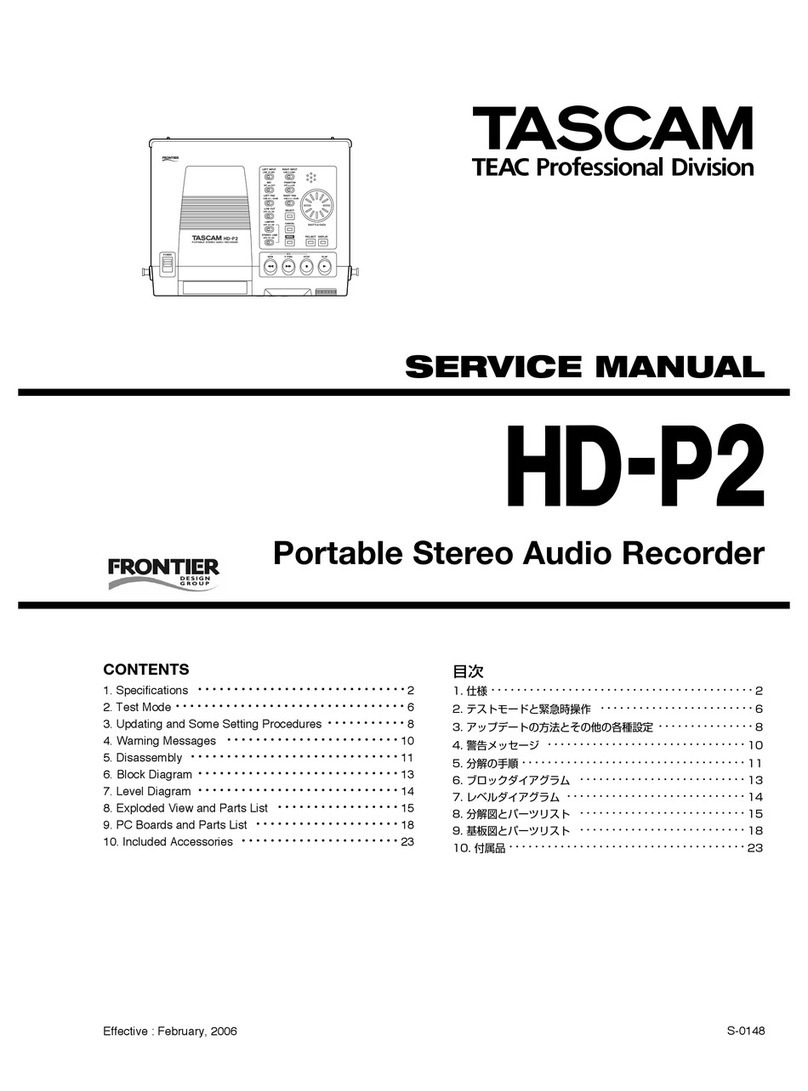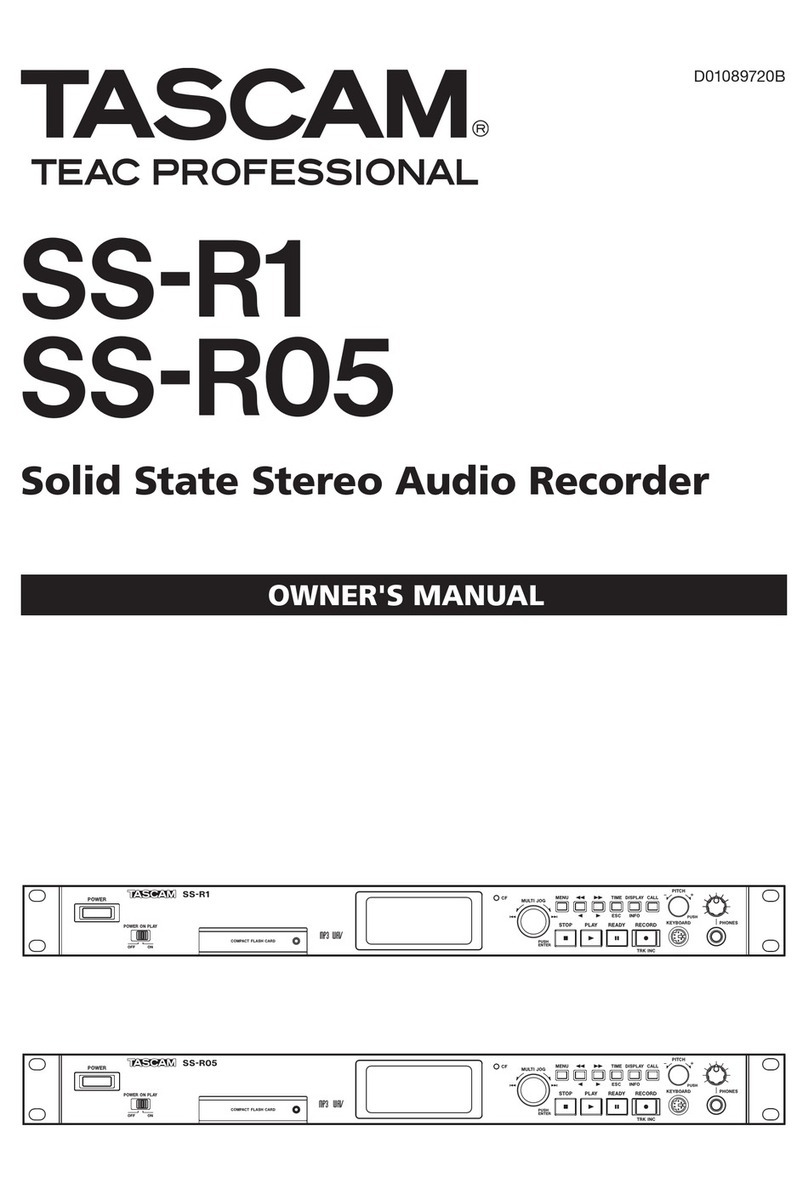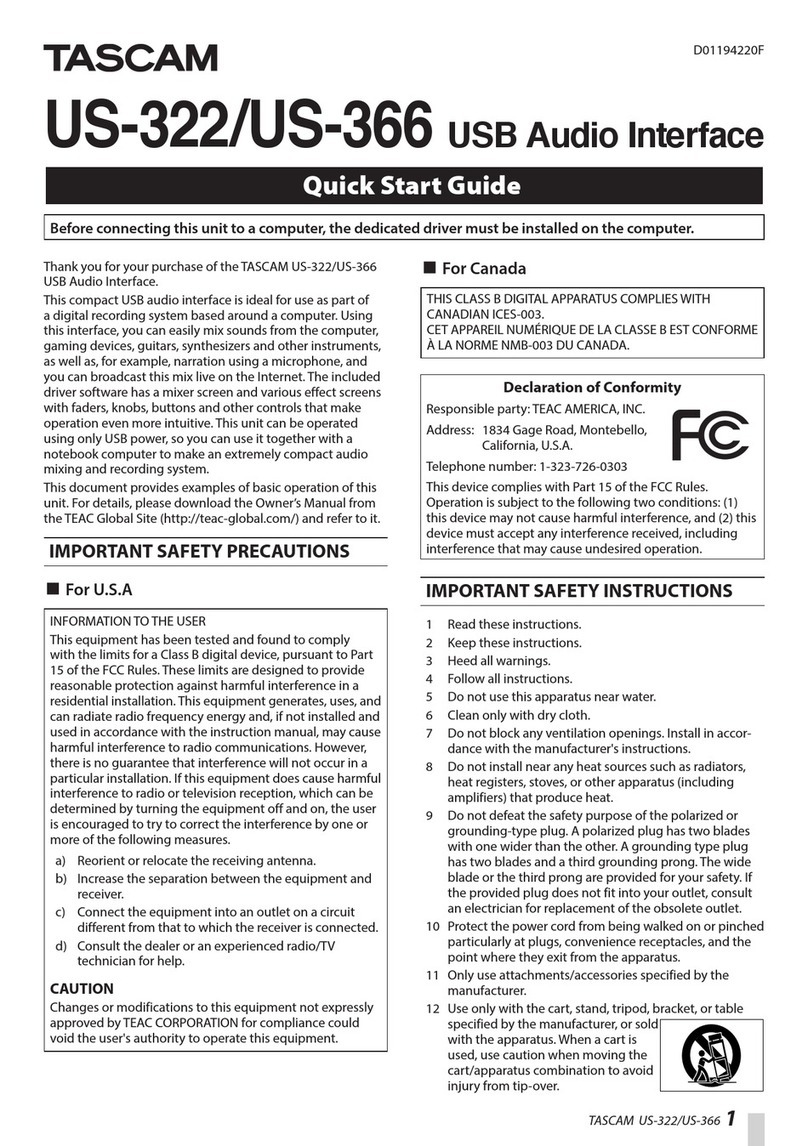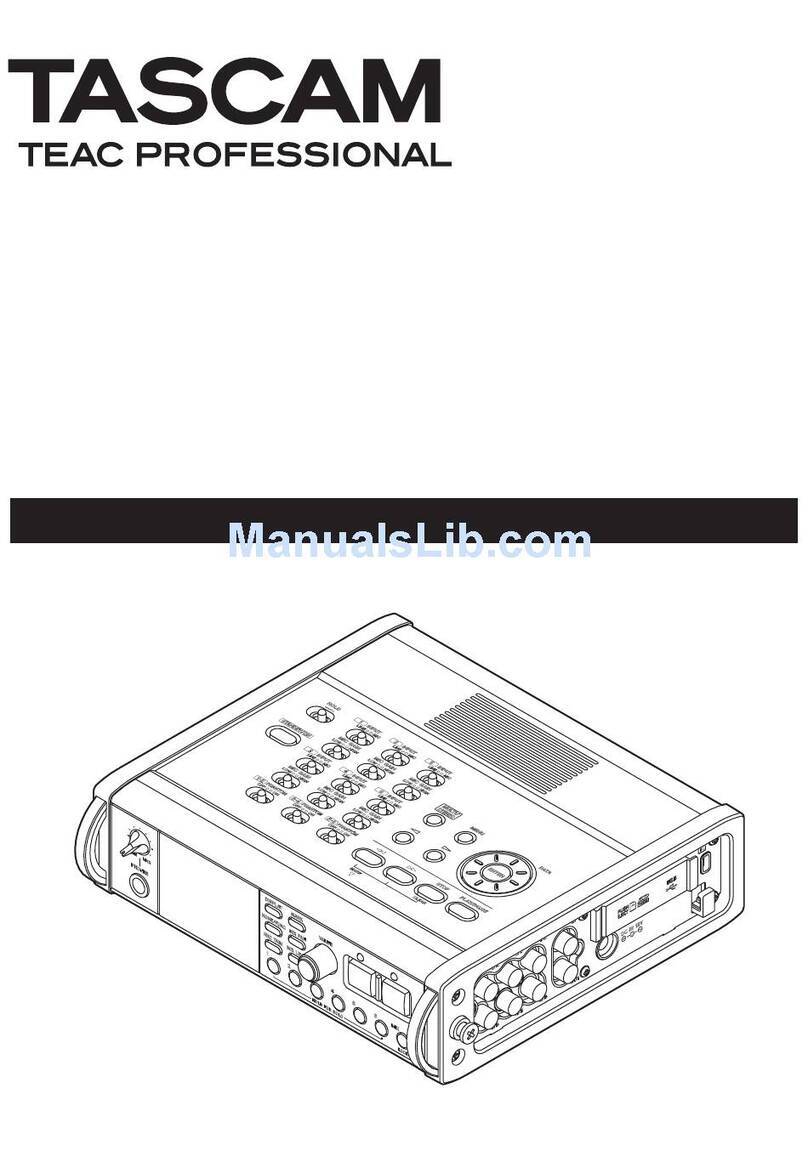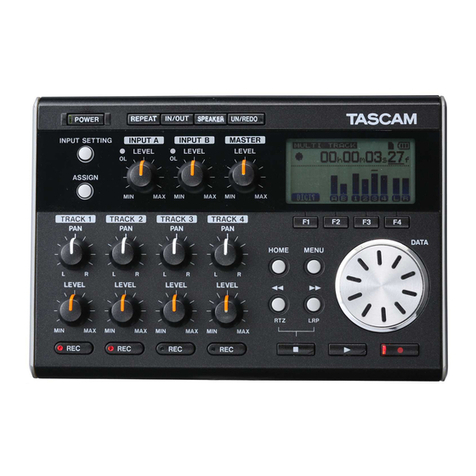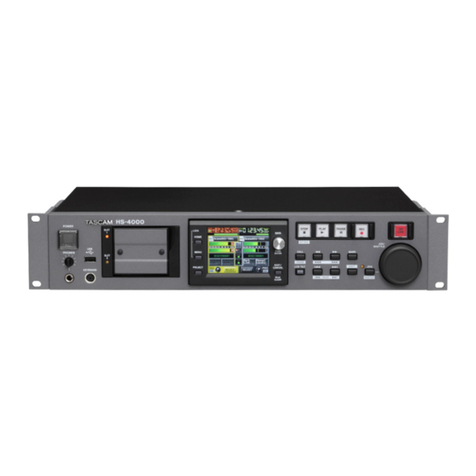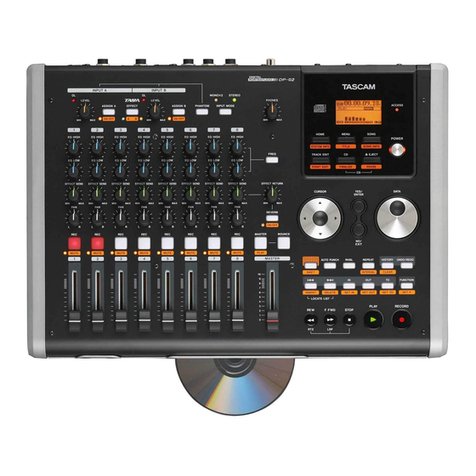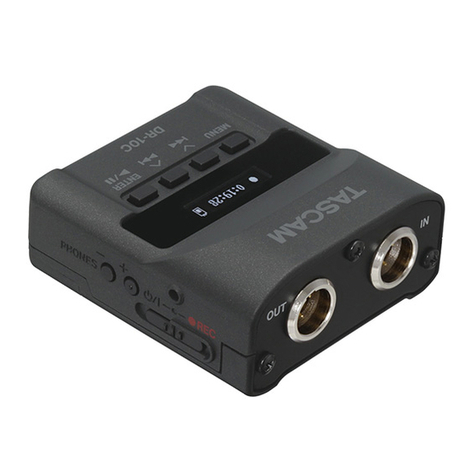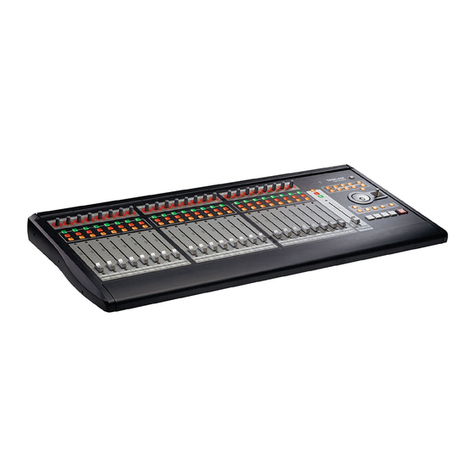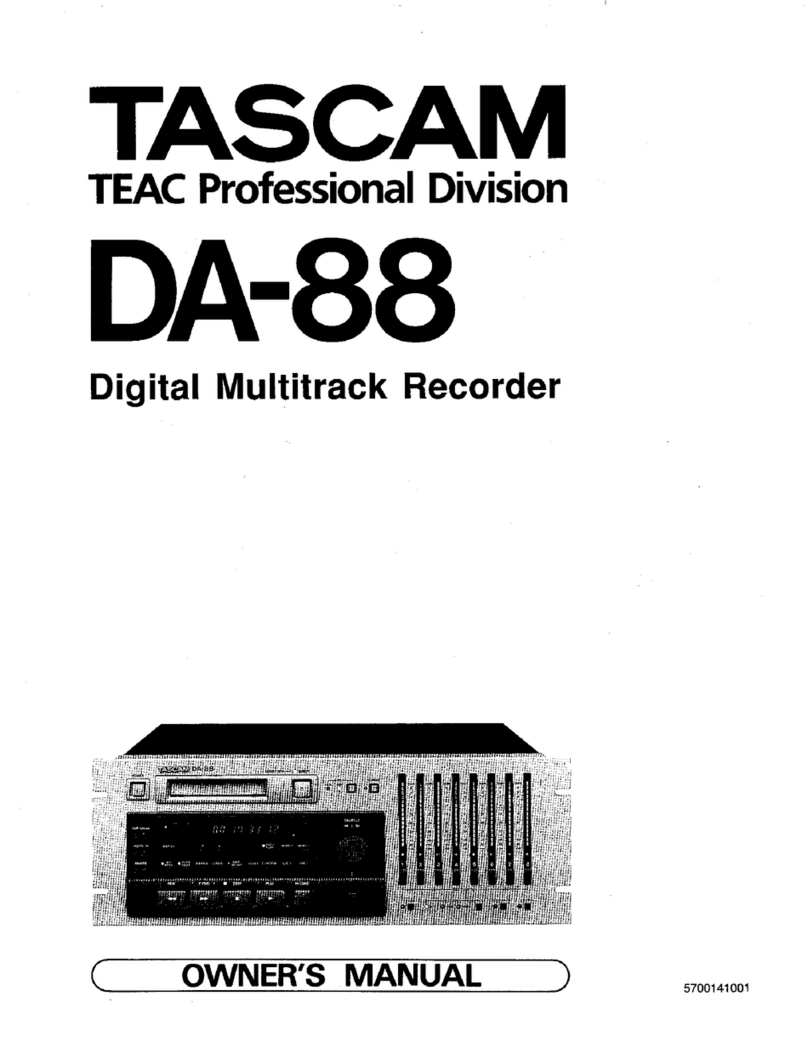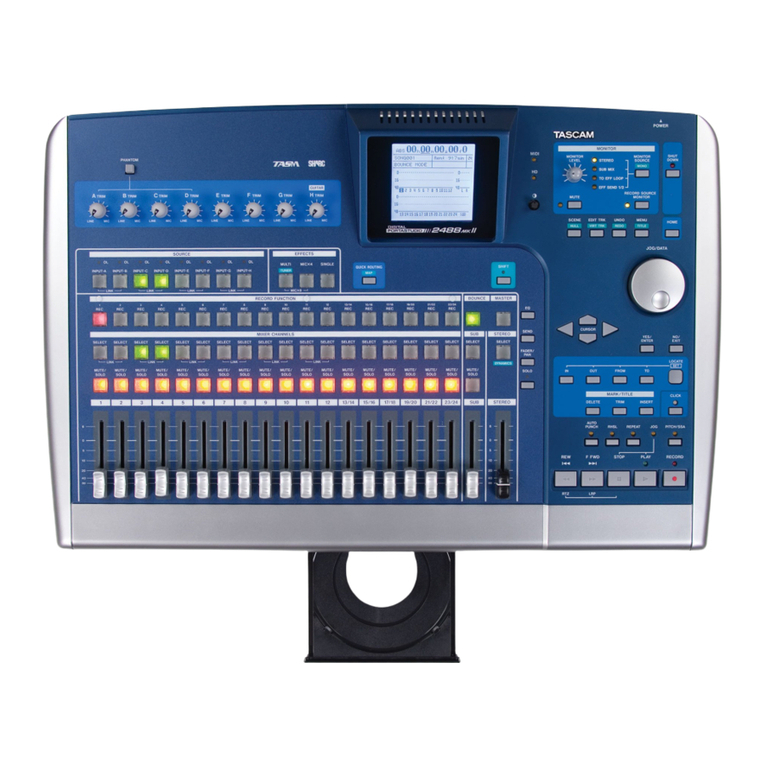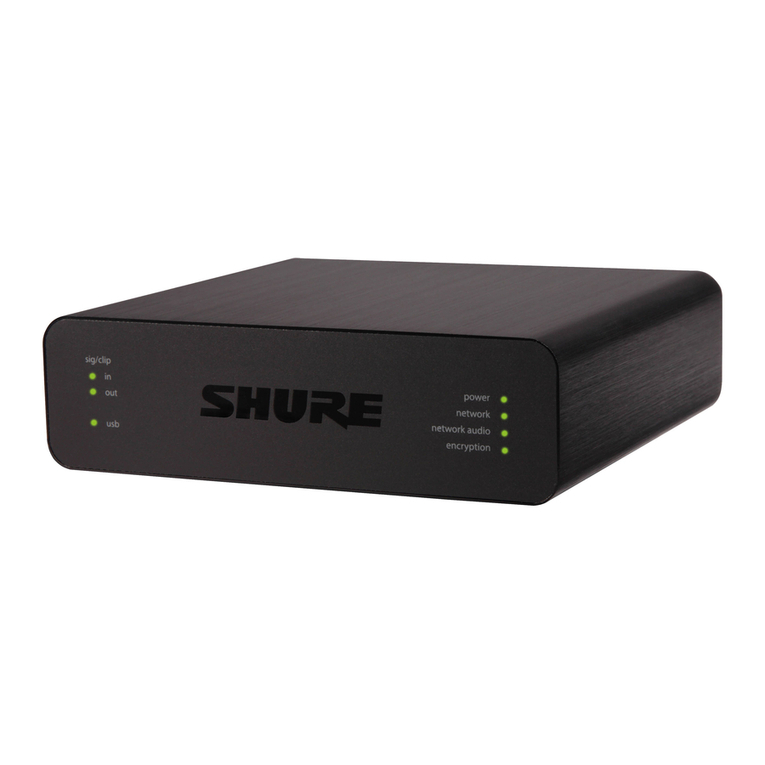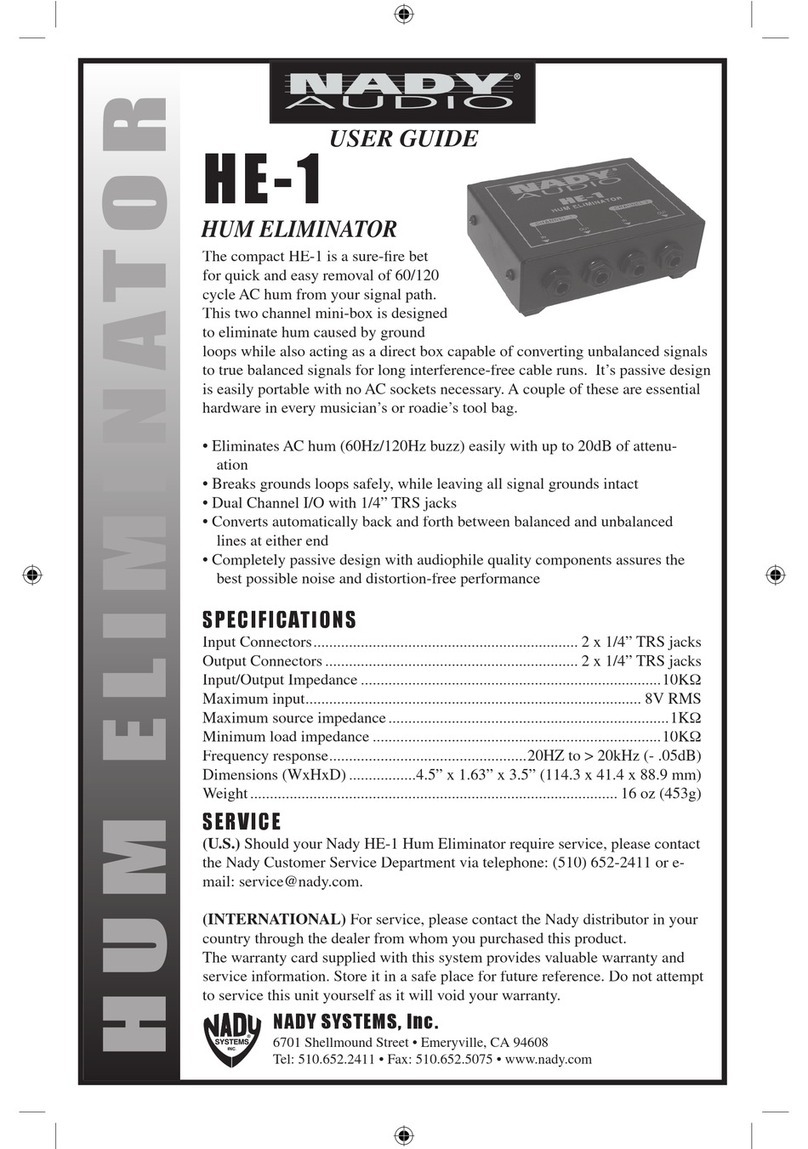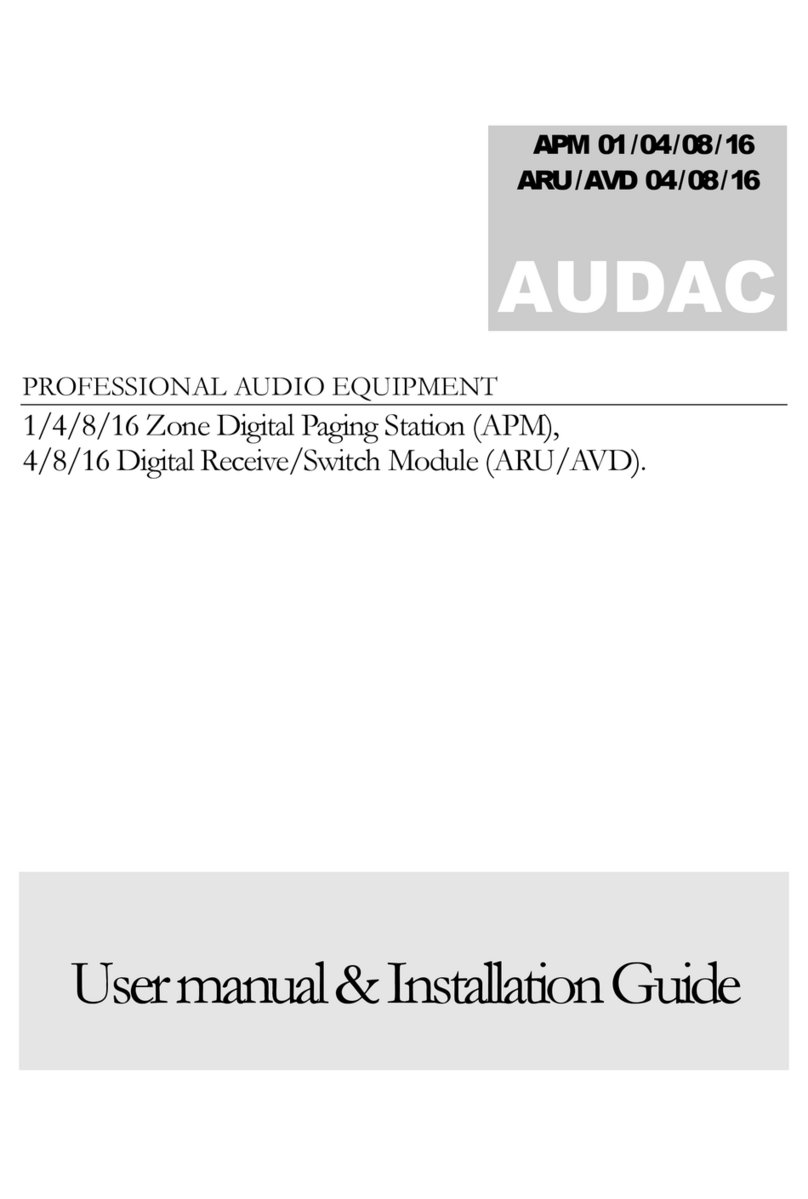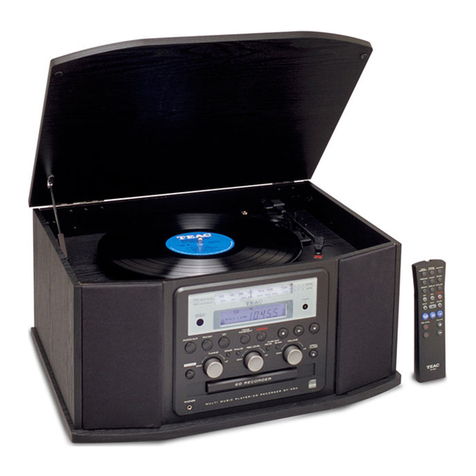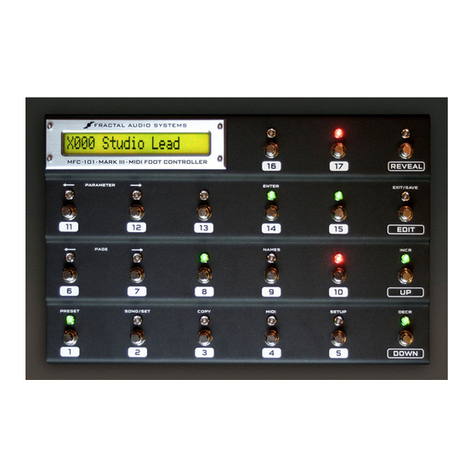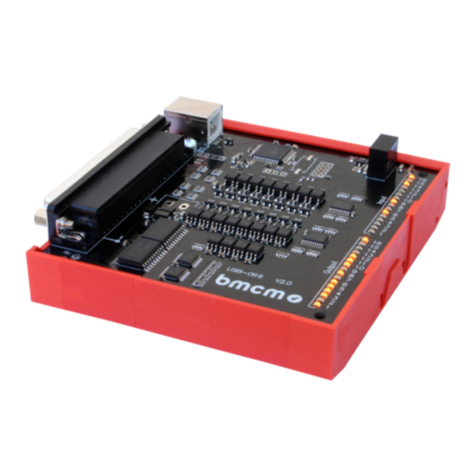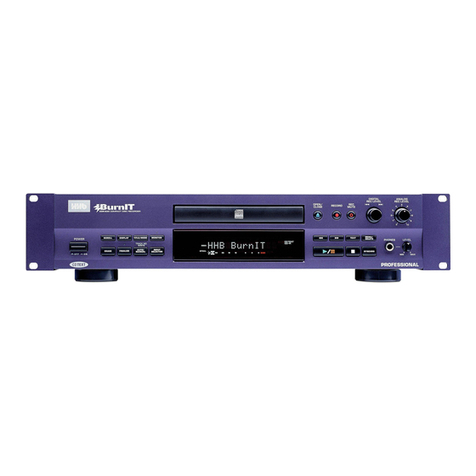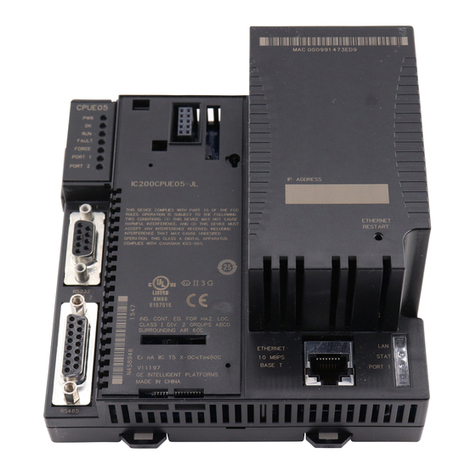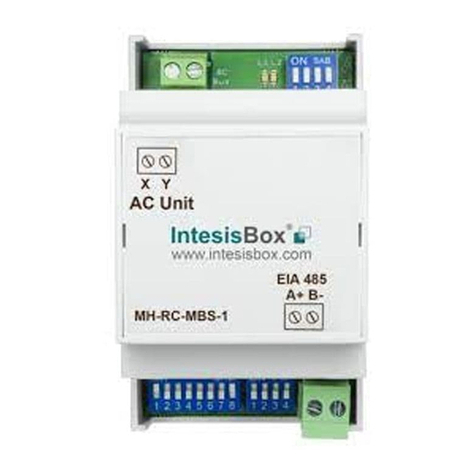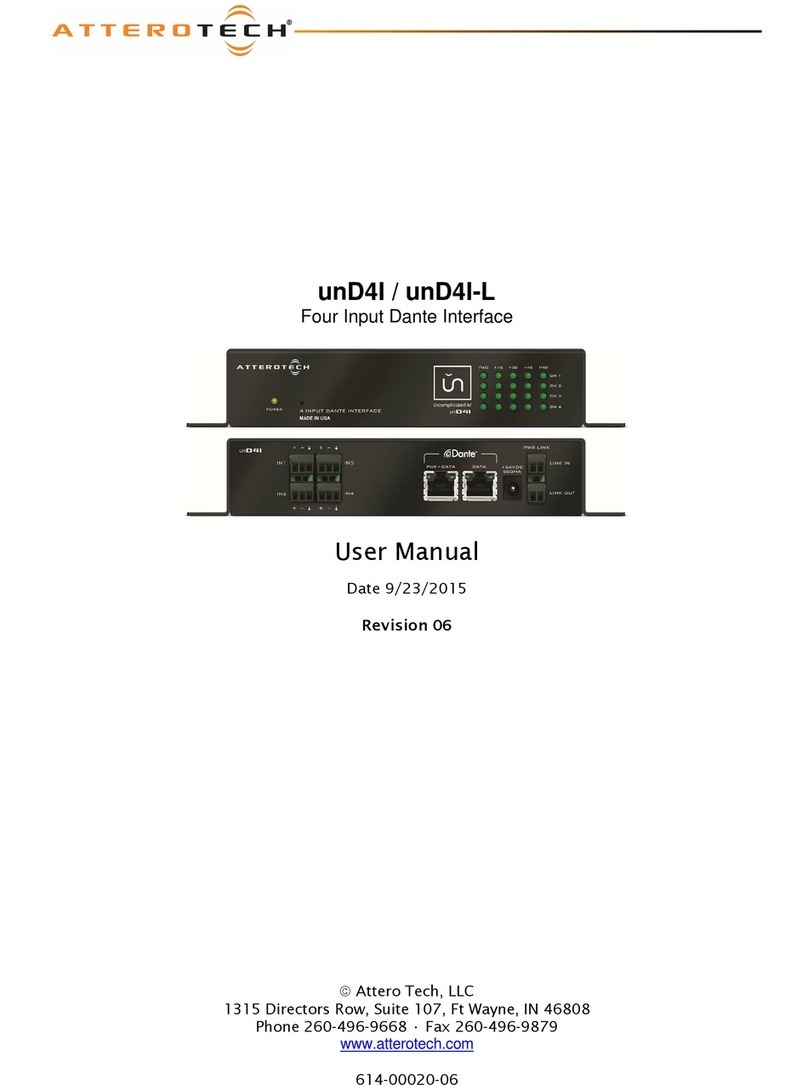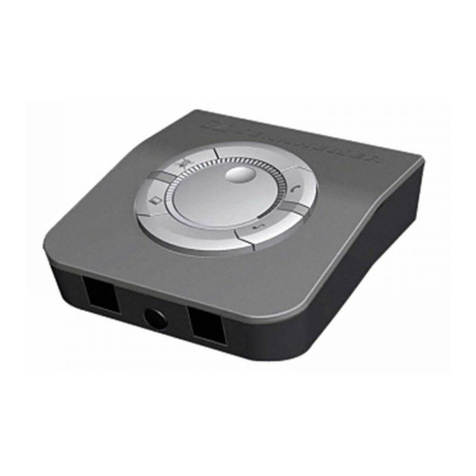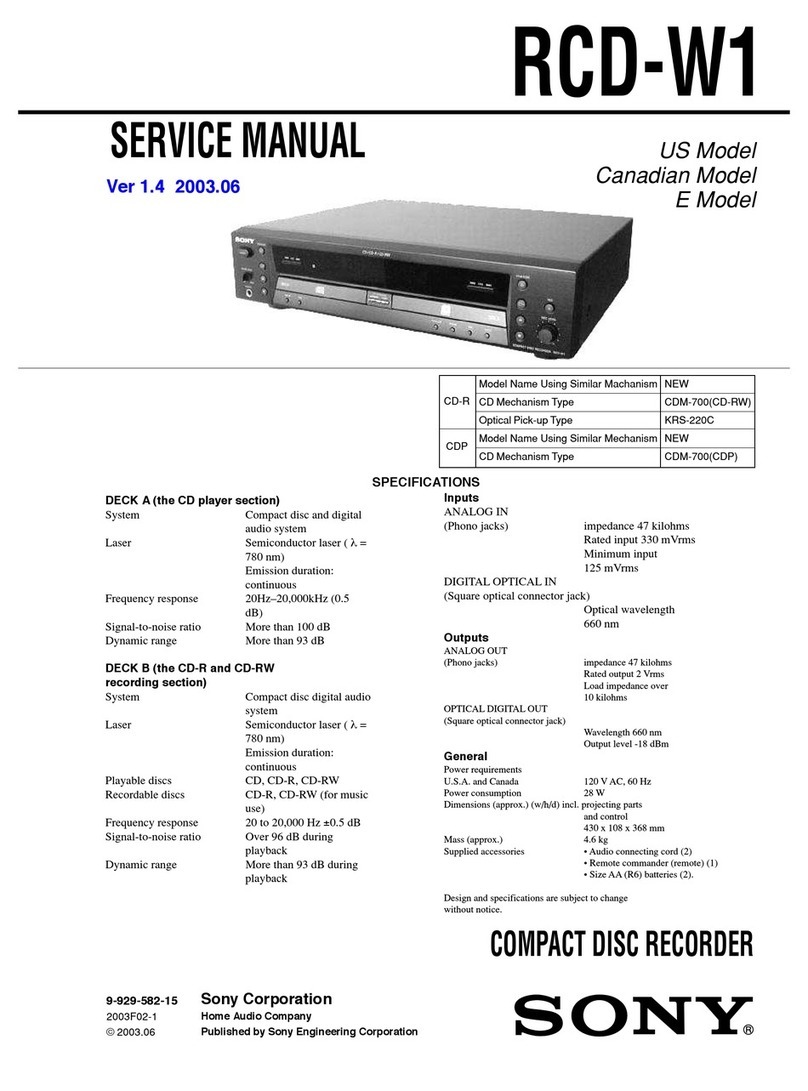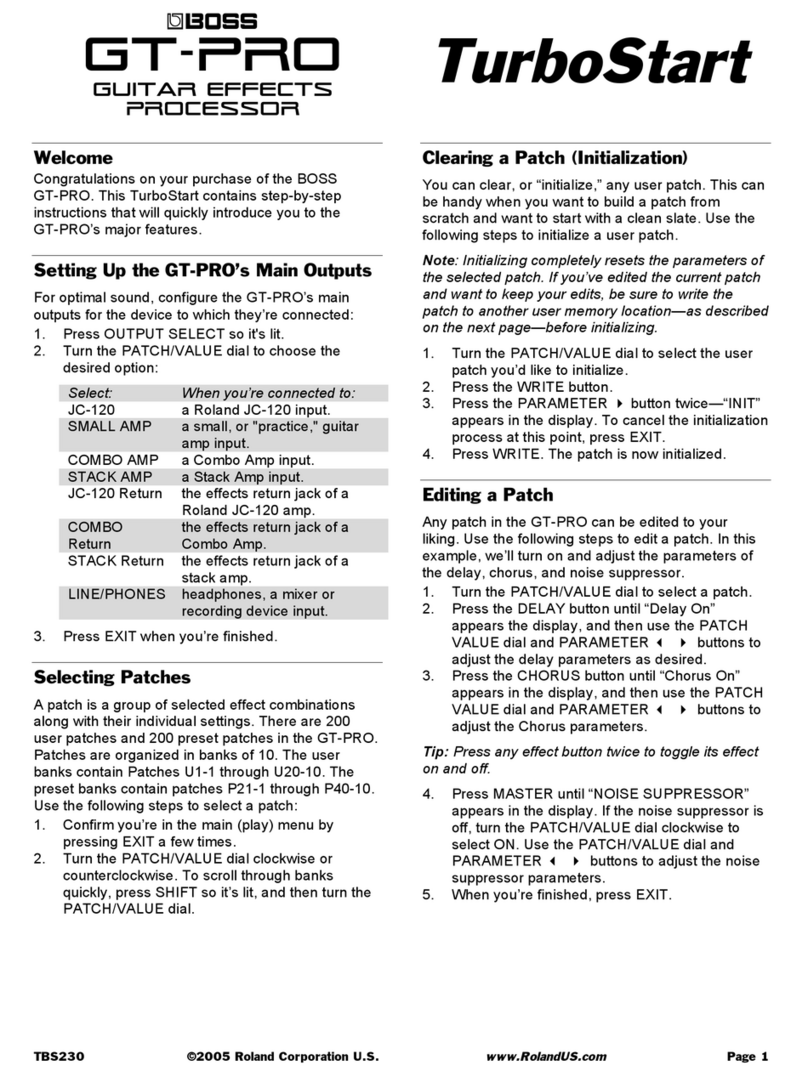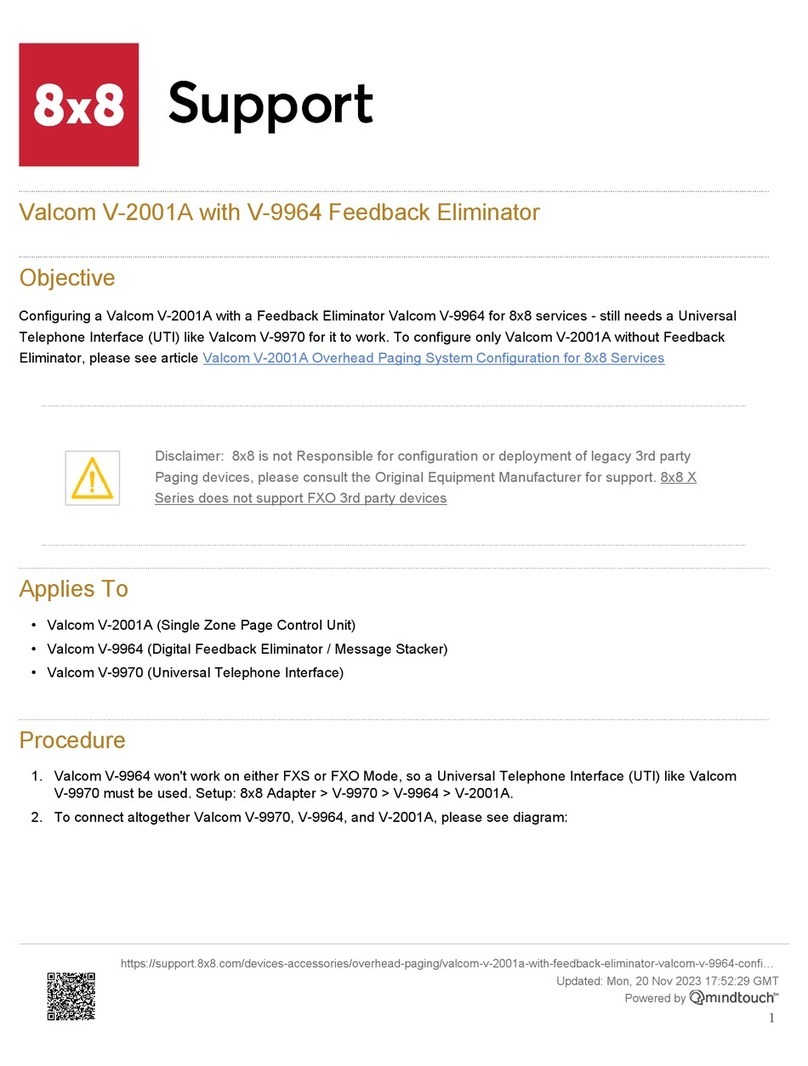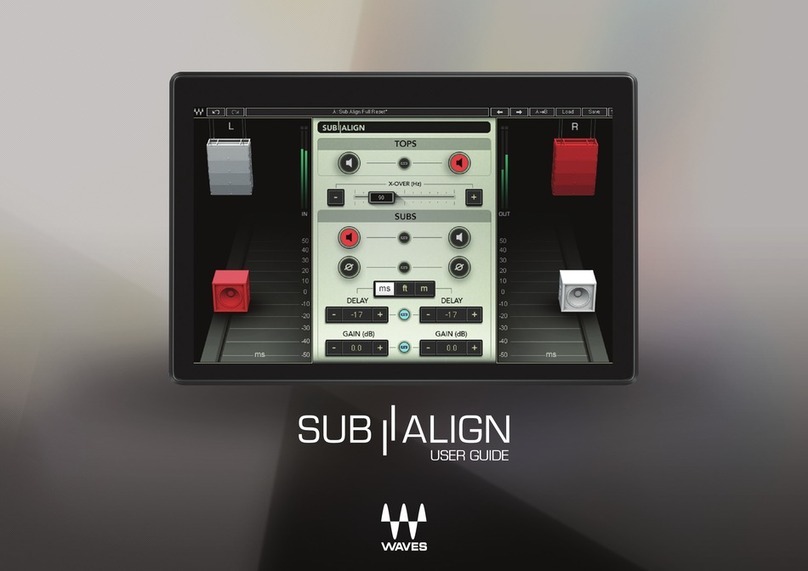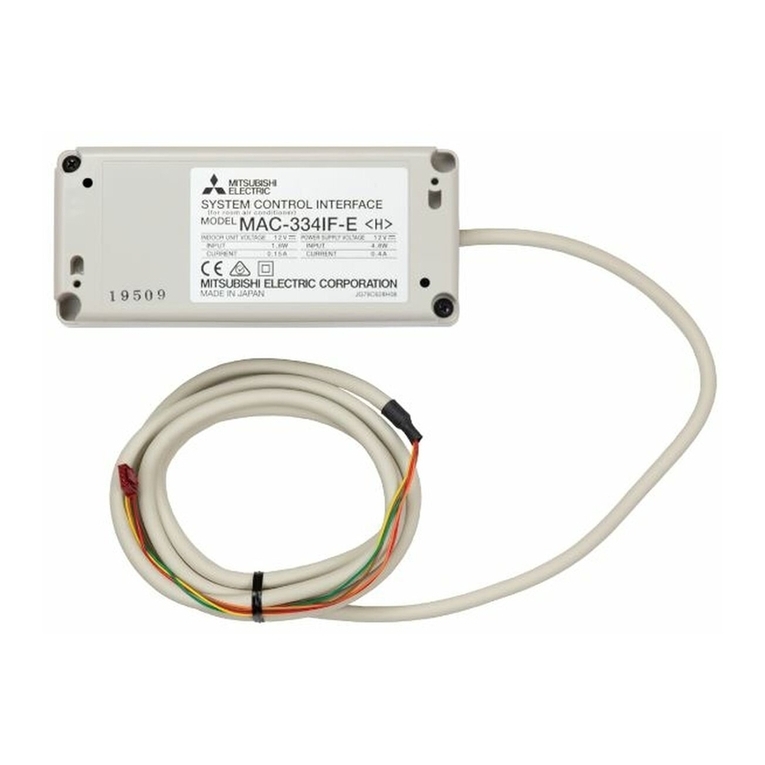
12 TASCAM Model 16
1. Lea estas instrucciones.
2. Conserve estas instrucciones.
3. Preste atención a todos los avisos.
4. Siga todo lo indicado en las instrucciones.
5. No utilice este aparato cerca del agua.
6. Limpie este aparato solo con un trapo seco.
7.
No bloquee ninguna de las aberturas de ventilación. Instale
este aparato de acuerdo con las instrucciones del fabricante.
8. No instale este aparato cerca de fuentes de calor como
radiadores, calentadores, hornos o cualquier otro aparato
(incluyendo amplificadores) que produzca calor.
9. No anule el sistema de seguridad que supone un enchufe
de corriente polarizado o con toma de tierra. Un enchufe
polarizado tiene dos bornes de distinta anchura. Uno con
toma de tierra tiene dos bornes iguales y una lámina para
la conexión a tierra. El borne ancho del primer tipo de
enchufe y la lámina del otro se incluyen para su seguridad.
Si el enchufe que se incluye con la unidad no encaja en
su salida de corriente, haga que un electricista cambie su
salida anticuada.
10. Coloque el cable de corriente de forma que no pueda
quedar aplastado o retorcido, especialmente allí donde
estén los conectores, receptáculos y en el punto en que el
cable sale del aparato.
11. Utilice solo accesorios/complementos que hayan sido
especificados por el fabricante.
12. Utilice este aparato solo con un bastidor, soporte, trípode o
superficie especificado por el fabricante o que se venda con
el propio aparato. Cuando utilice un bastidor con ruedas,
tenga cuidado al mover la combinación bastidor/aparato
para evitar posibles daños en caso de que vuelquen.
13. Desconecte de la corriente este aparato durante las
tormentas eléctricas o cuando no lo vaya a usar durante un
periodo de tiempo largo.
14. Consulte cualquier posible avería al servicio técnico oficial.
Este aparato deberá ser revisado cuando se haya dañado de
alguna forma, como por ejemplo si el cable de corriente o
el enchufe se ha roto, si se ha derramado cualquier líquido
o se ha introducido un objeto dentro de la unidad, si el
aparato ha quedado expuesto a la lluvia o la humedad, si no
funciona normalmente o si se ha caído al suelo.
t Este aparato recibe corriente nominal no operativa de la
salida de corriente AC aun cuando su interruptor POWER o
STANDBY/ON no esté en la posición ON.
t El enchufe de alimentación sirve como dispositivo de
desconexión, por lo que colóquelo de forma que siempre
pueda acceder a él fácilmente.
t Una presión sonora excesiva en los auriculares puede
producirle daños auditivos.
t Si experimenta cualquier tipo de problema con este aparato,
póngase en contacto con TEAC para una reparación. No
utilice de nuevo el aparato hasta que no haya sido reparado.
CUIDADO
t No permita que este aparato quede expuesto a
salpicaduras de ningún tipo.
t No coloque objetos que contengan líquidos, como jarrones,
encima de este aparato.
t No instale este aparato encastrado en una librería o mueble
similar.
t El aparato debe estar colocado lo suficientemente cerca de
la salida de corriente como para poder acceder al enchufe
en cualquier momento.
t Si este aparato utiliza pilas, dichas pilas (el bloque de pilas
o las pilas individuales instaladas) no deben ser expuestas a
niveles de calor excesivos como expuestas directamente a
la luz solar o sobre un fuego.
t AVISO para aquellos aparatos que usen pilas de litio
recambiables: existe el riesgo de explosión en caso de que
la pila sea sustituida por otra del tipo incorrecto. Sustituya
la pila únicamente por otra idéntica o equivalente.
PRECAUCIÓN
t Los productos de Clase !están equipados con una cable
de alimentación con un enchufe con toma de tierra. Por
este motivo, debe conectar el cable de alimentación de
este aparato a una salida de corriente que disponga de una
conexión a toma de tierra de seguridad.
PRECAUCIÓN
t Para evitar posibles daños auditivos, no utilice este
aparato a niveles de volumen excesivos durante
periodos de tiempo prolongados.
INSTRUCCIONES IMPORTANTES DE SEGURIDAD
